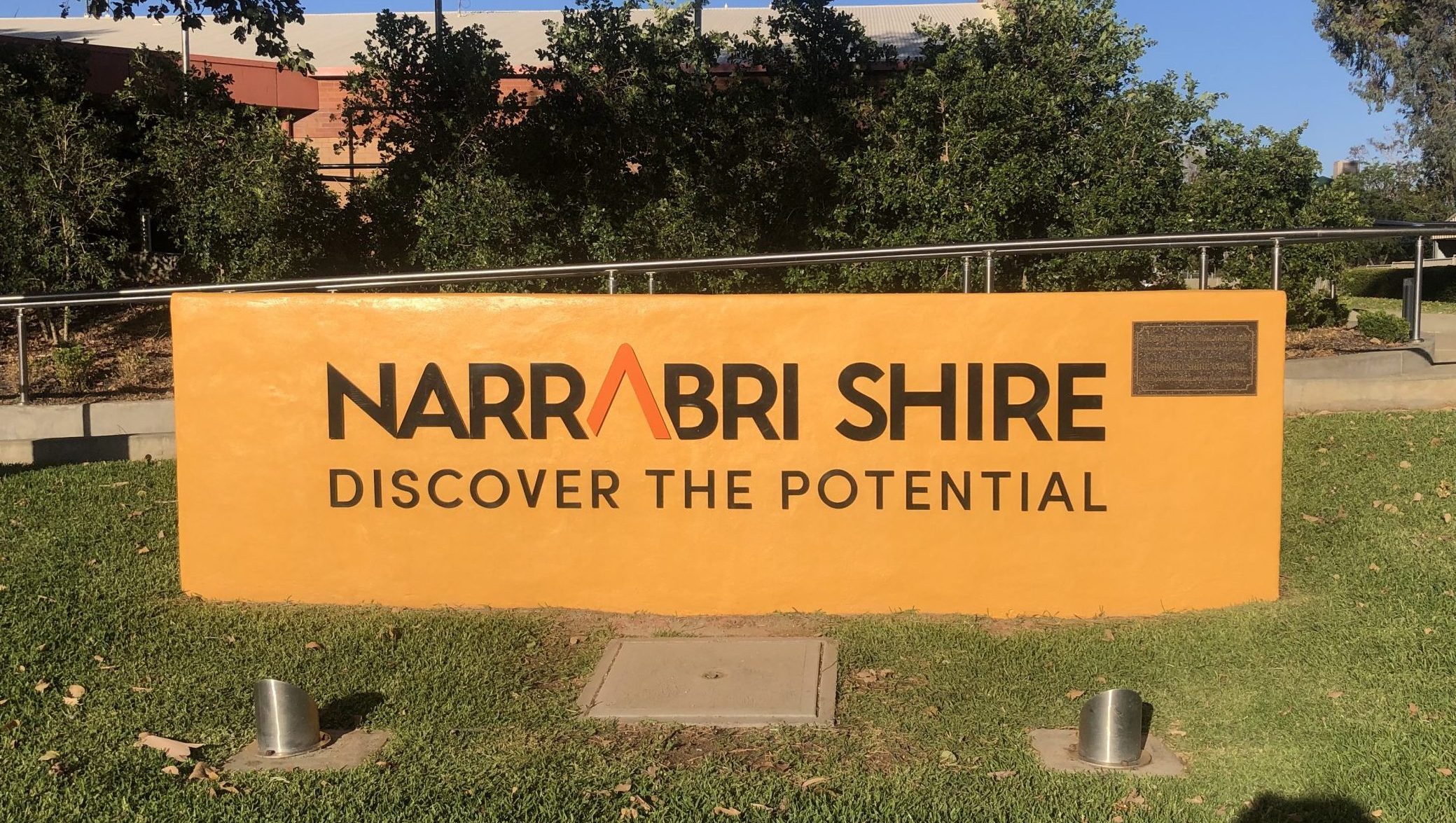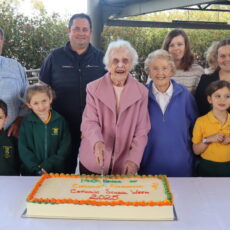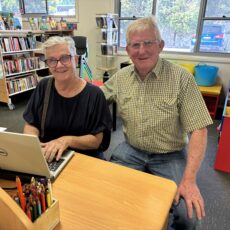Narrabri Shire Council is still waiting on $15 million to repair roads damaged during the major flood events in 2022.
The figures were tabled as part of a roads report at the most recent meeting of council.
Council has made submissions in relation to the damage to the road network, with a review ongoing.
The shire is seeking $7 million to repair sealed local roads, $4.2 million for sealed regional roads and $2.9 million for unsealed roads among other damages.
Speaking to the report, director of infrastructure delivery Evan Harris said a figure of $30 million in damage had been discussed at the start, and what council initially put in submissions for. However, that has since been downgraded to between $15-$16 million.
“There are a number of factors to that,” Mr Harris said.
“Basically from changes in criteria, the different way it’s judged through transport, lack of evidence to be able to prove that the existing gravel or the existing road was there prior to that flood event. Also having numerous floods over three years, and this is a claim to the last flood (2022).
“The argument there is if that flood damage was there prior to this flood, which is nearly impossible to prove because of the constant rollover from flood to flood. So then, yes, that would often get crossed out. It has come down. We are still fighting in some of those, and we have received some more funding within it.
“But yes, it is still significantly less than what originally we applied for.”
Interim general manager Eloise Chaplain said the government had really tightened up on their interpretation of the guidelines, meaning that items that council could initially claim for are no longer accepted.
“And when Evan mentions the precondition status of the road and evidence, it’s all done by photographs,” Mrs Chaplain told the meeting.
“And that’s really hard to prove when we’re talking plains country.
“If we’re in the hills somewhere, you can really see in a photograph, like gouges through roads and things being washed away. But when you’re on plains country, like most of our shire is, it’s hard to see that evidence in a photograph.
“The gravel’s gone onto a paddock that’s next door.
“So it’s the same conversation we’ve been having many times. And we know we’ve put submissions into different inquiries that are looking into this, but we’re not going to stop the fight as Evan detailed.
“And the mayor and myself, and I’m sure the council body is behind us here, will continue to have those conversations with ministers, whoever they may be.”
Mayor Darrell Tiemens said council will continue to have conversations with the government about flood funding.
“If we’re talking about from $30 million down to about $16 million potentially, that’s still a $14 million gap,” Cr Tiemens said. “That’s a lot of roads that will not be fixed from those flood events. There were six flood events that happened over two years.
“And we had a lot of promises made by various governments. It was set, the guidelines were set by the federal government and they were interpreted by the state government. And we’re going to continue putting pressure on, because that $14 million gap is not something that we can find funding for in this council.
“So we’re going to continue working towards that and use every single bit of political pressure that we can put to make sure that we get what we deserve, in my opinion.”
In the detailed report, sought by councillor Joshua Roberts-Garnsey at the October meeting, it explains in detail the roads hierarchy as well as a list of roads requiring repairs and maintenance.
Cr Roberts-Garnsey’s original notice of motion sought detail in regards to the prioritised list of roads, the current backlog of road maintenance across the shire (including roads in need of repairs, upgrades or resurfacing), details of current outstanding flood claims, potential funding sources (including state or federal grants, and any internal budget adjustments necessary to meet urgent road maintenance needs), and roads that are scheduled for maintenance within the next six months based on available resources.
Cr Greg Lamont, who moved that the report be accepted, praised the department on its detail.
“What’s good about this is for the councillors to understand what is going on in the rating of the road,” Cr Lamont said.
“At a previous place where I was at, we organised to get some documentation so councillors understood which road was at which level when they get a phone call whinging about a pothole. It was very handy.
“If this could be put into a roads list that the councillors could click on to see when that service was going to be done – if that’s two grades a year, one grade every two years, or it’s in resheeting and rehab – that will be great for councillors.”
Cr Lamont queried if the report met Cr Roberts-Garnsey’s expectations to which he agreed and thanked the director for the detailed overview.
“It’s these sort of tools that help you when you go to the ministers and chiefs of staff, and we can prove what the director just said there a moment ago,” Cr Lamont said.
To order photos from this page click here










